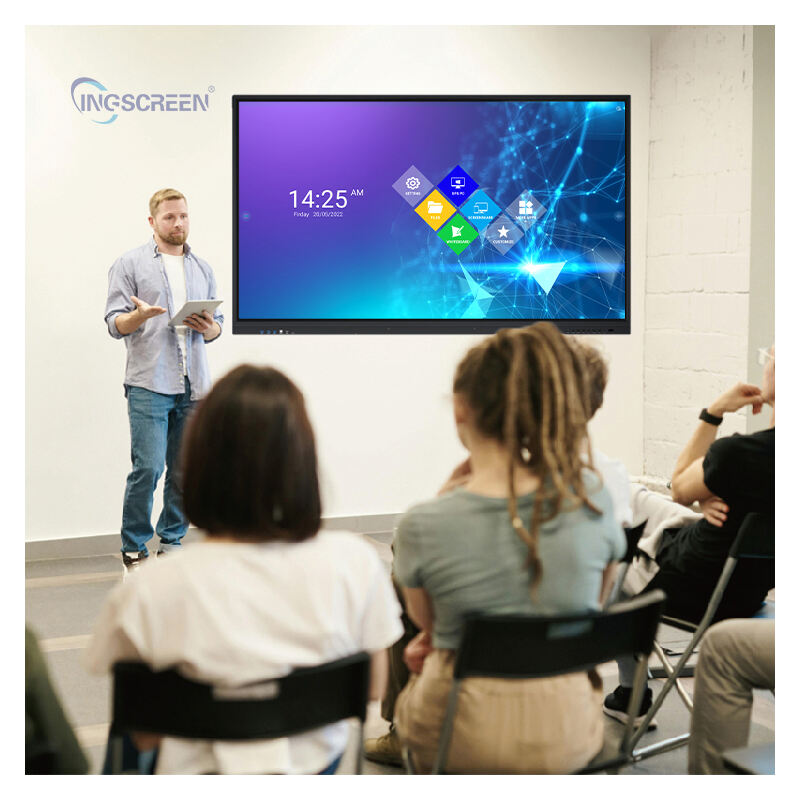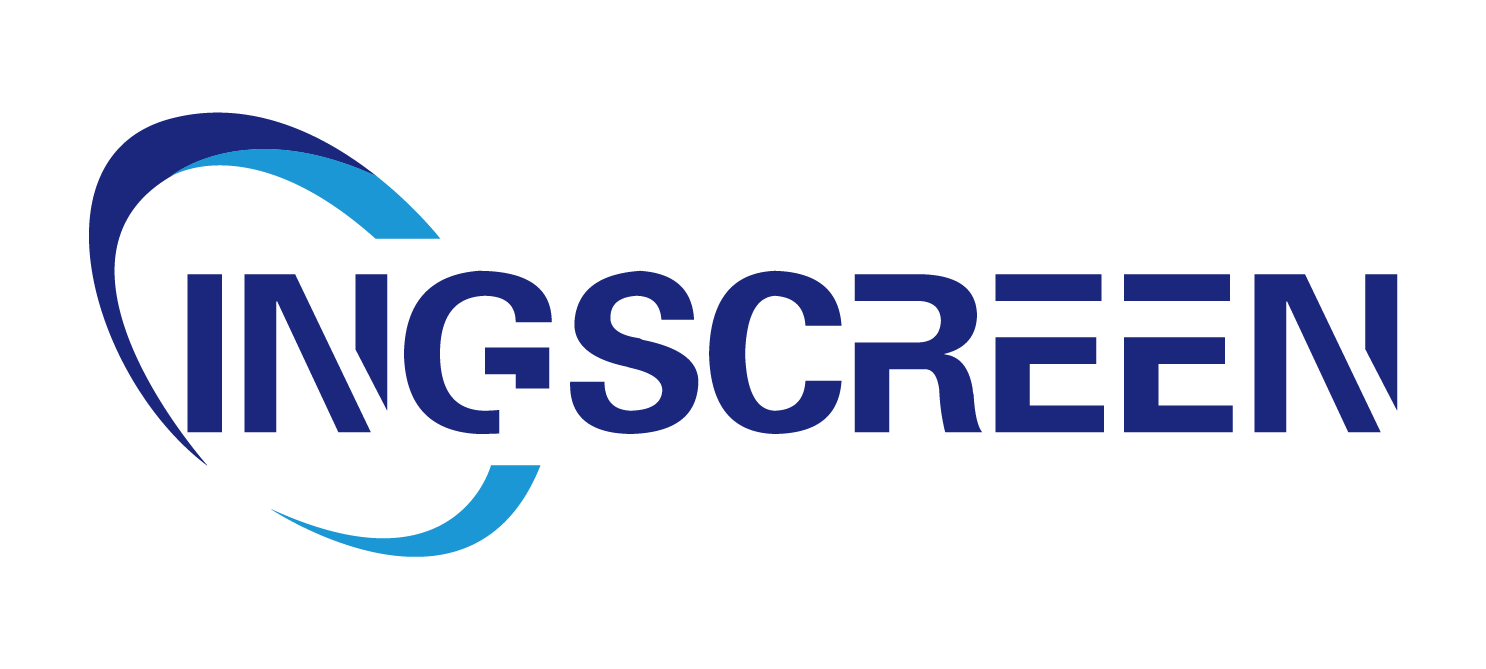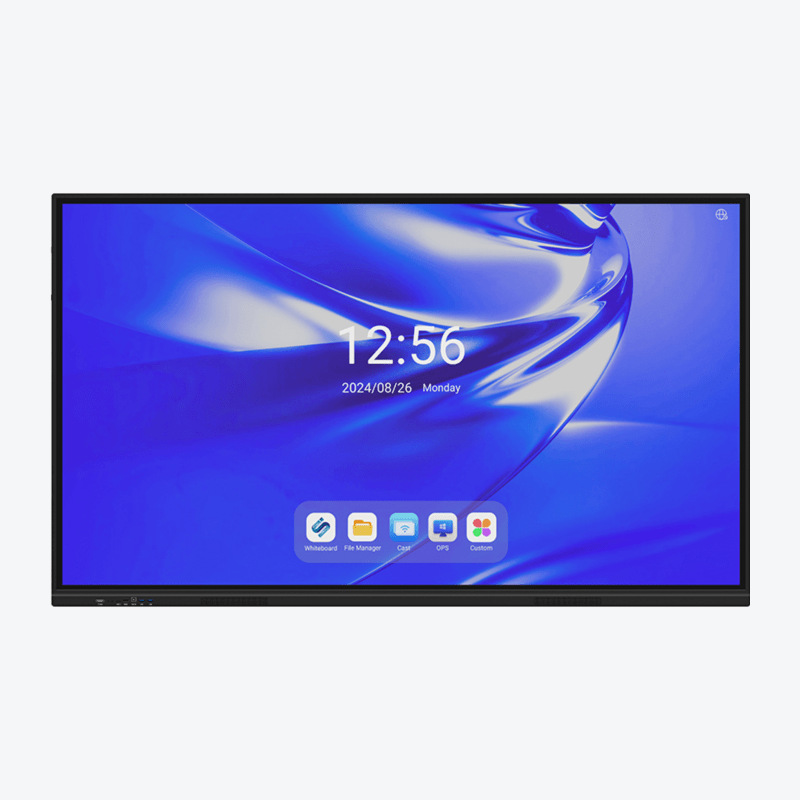The Rising Influence of Interactive Flat Panels
Market Growth and Sector Adoption Trends
The interactive flat panel market is on a trajectory of significant growth, projected to achieve a compound annual growth rate (CAGR) of approximately 25% from 2023 to 2028. This robust demand is driven by increasing adoption across various sectors. In particular, education and corporate sectors are leading the charge, integrating these technologies into classrooms and meeting rooms to enhance engagement and collaborative experiences. A report from XYZ Research underscores this trend, revealing that over 60% of educational institutions plan to implement interactive flat panels over the next three years. Moreover, the rise of hybrid work environments is also fueling the demand for interactive displays, which facilitate remote collaboration and productivity.
Drivers of Adoption in Education and Corporate Sectors
The growing emphasis on interactive and collaborative learning methodologies is a primary driver for the adoption of interactive flat panels in educational sectors. These panels offer dynamic and engaging ways to facilitate student learning and participation. Meanwhile, the corporate sector is leveraging these technologies to conduct more effective meetings and brainstorming sessions. By incorporating user-friendly interfaces and versatile functionalities, interactive flat panels have become vital tools for fostering a dynamic work environment. Additionally, the shift towards remote and hybrid training solutions highlights the necessity for advanced display technologies that support simultaneous user participation, contributing to their increasing adoption.
Technological Innovations Driving Engagement
Multi-Touch Functionality for Enhanced Interaction
The advancement of multi-touch functionality revolutionizes interaction opportunities by allowing multiple users to simultaneously use interactive flat panels. This feature significantly enhances collaboration in educational settings and corporate environments. Studies have demonstrated that using multi-touch interfaces in classrooms can improve learning outcomes by up to 30% compared to traditional methods. The tactile nature of multi-touch technology not only increases engagement during lessons and presentations but also fosters a more interactive and participatory atmosphere. In both business and educational contexts, this leads to better comprehension and retention of information.
Built-In Software Tools for Annotations and Media Sharing
Interactive flat panels are equipped with built-in software tools, fostering a more interactive experience by enabling direct screen annotations. These tools allow for real-time media sharing, which greatly benefits lessons and presentations by promoting enhanced understanding and participation. Research indicates that using interactive annotations can significantly improve information retention compared to passive viewing. As a result, these advanced functionalities empower users to customize and manipulate visual content, encouraging active learning and dynamic engagement.
Cloud Integration Enabling Remote Collaboration
Cloud integration is vital for enabling remote collaboration, offering users the ability to access resources and applications from anywhere, a necessity in today's hybrid work environment. Interactive flat panels with cloud capabilities facilitate real-time updates and shared access, boosting productivity during collaborative projects. According to a report by McKinsey, companies that harness cloud-based collaboration tools have seen an increase of 25% in team efficiency. This integration not only streamlines workflows but also supports seamless interaction among team members, regardless of physical location, making these panels indispensable in modern digital communication setups.
Educational Applications: A New Era of Learning
Real-Time Collaboration in Dynamic Classrooms
Interactive flat panels have transformed classrooms into dynamic collaborative spaces, promoting real-time collaboration among students. These panels enable group work and discussions that enrich learning experiences. According to a survey, over 70% of teachers observed increased student engagement with interactive displays in their classrooms. The dynamic nature of these panels accommodates diverse learning styles, making education more inclusive and effective for all students.
Hands-On Learning with Interactive Displays
Interactive displays provide a platform for hands-on learning experiences, making abstract subjects like science and mathematics more tangible for students. Engaging directly with the content through interactive panels fosters improved cognitive retention and boosts student motivation. Case studies from educational institutions illustrate a remarkable 40% improvement in student performance in subjects taught using interactive displays, highlighting the impact of these tools in enhancing motivation and learning outcomes.
Integrating Curriculum Tools for Immersive Education
Interactive flat panels offer seamless integration with existing curriculum tools, enhancing the educational environment by providing immersive learning experiences. These panels support virtual reality applications and educational software, complementing traditional teaching methods with technology-enhanced learning. The integration of advanced technologies in classrooms significantly boosts problem-solving skills and knowledge retention, supporting a holistic educational approach that prepares students for a tech-driven world. Incorporating interactive flat panels ensures that students have access to tools that cultivate an engaging and productive learning atmosphere.
Corporate Applications: Enhancing Business Collaboration
Interactive Boardrooms for Strategic Decision-Making
Equipping corporate boardrooms with interactive flat panels can transform strategic decision-making processes. These tools promote a more efficient and collaborative environment, enabling teams to visualize data, proposals, and analytics effectively. Several reports indicate a significant improvement in the speed of decision-making—up to 50% faster—when interactive technology is utilized in meetings. This enhanced capability fosters quicker consensus-building and clearer communication among team members, essential for driving business collaboration forward.
Streamlining Hybrid Meetings with Intuitive Interfaces
Interactive flat panels equipped with intuitive interfaces greatly facilitate seamless hybrid meetings. These panels enable remote participants to engage as effectively as those present, reducing the gap between in-office and remote team members. Video conferencing and screen sharing tools enhance inclusivity, ensuring that all participants have equal opportunities to contribute. Feedback from organizations using these interactive technologies indicates a 30% increase in overall meeting effectiveness, highlighting the importance of technology in modernizing traditional meeting formats.
Digital Signage and Client-Facing Engagement
As digital signage tools, interactive flat panels significantly enhance visitor experiences and client engagement across various environments. Their ability to display real-time updates, showcases, and informational content captivates and resonates with clients. Businesses that have integrated these dynamic displays have reported a 47% increase in customer engagement, showcasing the effectiveness of interactive technology in transforming client-facing interactions. Using these panels adeptly, companies can craft engaging narratives and communicate value propositions more compellingly.

Overcoming Challenges and Future Trends
Addressing Cost and Technical Implementation Barriers
The adoption of interactive flat panels is a promising step forward, but financial constraints and technical complexities pose significant hurdles. According to a report, nearly 40% of educational institutions highlight budget limitations as a primary barrier to enhancing their technology infrastructure. The intricate process of integrating new technology into existing systems can delay progress, too. To combat these challenges, solutions such as phased implementation and innovative financing options are being considered. By spreading out costs over time or using lease agreements, institutions can make these essential upgrades more manageable.
AI-Driven Personalization in Interactive Panels
Incorporating AI into interactive flat panels paves the way for personalized learning experiences that cater to individual needs. These AI features can analyze user interactions, adapting content to optimize the learning experience and promote effective educational outcomes. For example, an AI-driven panel could adjust the difficulty level of exercises based on the student's performance. Such personalization is expected to significantly enhance engagement and learning outcomes, with forecasts indicating noticeable improvements by the year 2025. As these technologies mature, they serve to bridge the gap between traditional teaching methods and modern, technological advancements.
Sustainability and Energy-Efficient Innovations
As awareness about environmental issues grows, the focus increasingly shifts towards creating sustainable and energy-efficient interactive flat panels. These innovations reduce both energy consumption and the carbon footprint in educational and corporate settings. Industry studies reveal that businesses embracing sustainable technologies not only lower their operational costs but also experience improved brand loyalty and customer perception. This shift not only contributes positively to environmental goals but also aligns with broader societal expectations for corporate responsibility. Adopting such advanced panels not only signifies progress in technological integration but also showcases a commitment to a greener future.
FAQ
What is the projected growth rate of the interactive flat panel market?
The interactive flat panel market is projected to achieve a compound annual growth rate (CAGR) of approximately 25% from 2023 to 2028.
Which sectors are primarily adopting interactive flat panels?
The education and corporate sectors are primarily adopting interactive flat panels, using them to enhance engagement and collaborative experiences in classrooms and meeting rooms.
How do interactive flat panels aid in educational settings?
Interactive flat panels aid in educational settings by promoting real-time collaboration, accommodating diverse learning styles, and integrating with curriculum tools to enhance the learning experience.
Why are interactive flat panels beneficial in corporate environments?
In corporate environments, interactive flat panels are beneficial as they facilitate efficient meetings, enable remote collaboration, enhance client engagement, and improve decision-making processes.
What challenges does the adoption of interactive flat panels face?
The adoption of interactive flat panels faces challenges such as financial constraints, technical implementation complexities, and the need for budget adjustments by institutions.
Table of Contents
- The Rising Influence of Interactive Flat Panels
- Technological Innovations Driving Engagement
- Educational Applications: A New Era of Learning
- Corporate Applications: Enhancing Business Collaboration
- Overcoming Challenges and Future Trends
-
FAQ
- What is the projected growth rate of the interactive flat panel market?
- Which sectors are primarily adopting interactive flat panels?
- How do interactive flat panels aid in educational settings?
- Why are interactive flat panels beneficial in corporate environments?
- What challenges does the adoption of interactive flat panels face?




